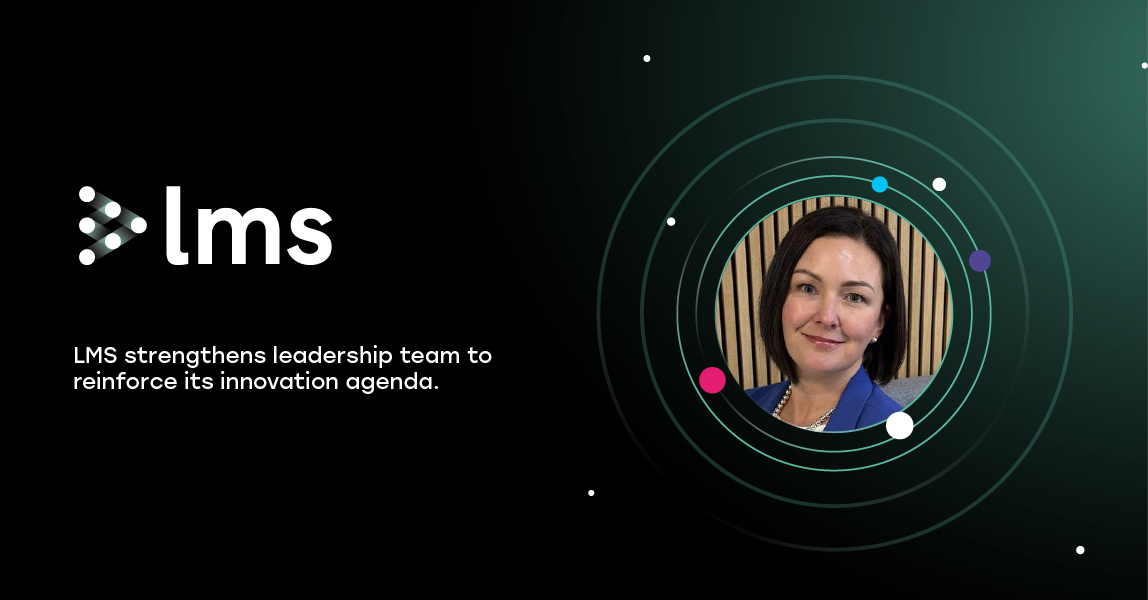LMS welcomes Alexi Walsh as its new chief financial officer, showcasing further investment in high-calibre…
The vast majority of negligence claims against conveyancers are for relatively low sums of money, but the financial and reputational costs for dealing with them can be much higher.
Most claims are avoidable if conveyancers follow the right steps to mitigate their claims risks. tmgroup, the award-winning property data and technology provider, came together with IQ Legal Training to deliver a special webinar on avoiding negligence claims.
Here’s a glimpse into some of the webinar’s key points.
Poor communication and procedural oversights
Insurers report that ineffective communication is now the leading cause of negligence claims, surpassing procedural errors. Failures to fully advise on planning restrictions, comprehensively check plans, detect title defects, or conduct necessary searches are among the common negligence risks.
Manage the scope of your retainer
Conveyancers should diligently scope and manage the retainer. Clearly outlining the retainer’s terms at the transaction’s outset, including the conveyancer’s responsibilities and any limitations, is essential.
The retainer is vital for managing client expectations effectively. It should explain the conveyancing process and the documentation that’s going to be encountered, with an outline of what will be done with it and what the significance or consequence it has in the conveyancing process.
Address due diligence limitations
Due diligence may encounter limitations. Perhaps the Land Registry Title Plan does not reveal the physical extent of a registered title, or a search result is defective and or has limitations.
Conveyancers must be vigilant in identifying issues warranting further investigation and ensure clarity regarding reporting responsibilities. Fully understanding the client’s objectives is crucial in this regard. Using various methods of communication, conveyancers should take care to extract key issues and highlight, reinforce and repeat those matters.
Effective communication approaches
Conveyancers should be mindful of information overload and adapt their communication methods to convey key issues clearly. Summarising objectives and due diligence outcomes in reports, and consistently reinforcing essential points, can prevent misunderstandings. Leveraging external resources, such as the RICS consumer guide to survey evaluation, the Leasehold Advisory Service or the Association of Residential Managing Agents for leasehold properties, can provide additional support and validate the information being communicated.
Jonathan Stebbings, Chief Commercial Officer at tmgroup, emphasises the importance of doing the simple things well. He points out: “Clearly outline the scope of your retainer and if further investigation is necessary, explain what it is and why. Maintain transparent communication with clients and if they don’t want additional work to be undertaken, make sure you record their instructions.
“Our search and data services make the conveyancing process more manageable and transparent, helping legal professionals to work more efficiently and mitigate risks.”
For more expert guidance on how to mitigate risk of negligence claims, watch the full webinar episode, ‘10 good habits for conveyancers dealing with risk – Claims’. Visit tmgroup’s website for more information on risk management solutions or to explore other webinars in the series.




